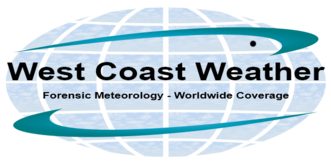Meteorologists and Environmental Laws
Stormwater, Weather ExpertWith 0 commentsForensic meteorologists work with attorneys on litigation issues when weather events have an impact on some of the Washington State environmental laws. In particular we are involved with issues in the construction industry, land use, and with stormwater issues. Attorneys often seek expert testimony from experts like a Certified Consulting Meteorologist regarding the weather at
Read More